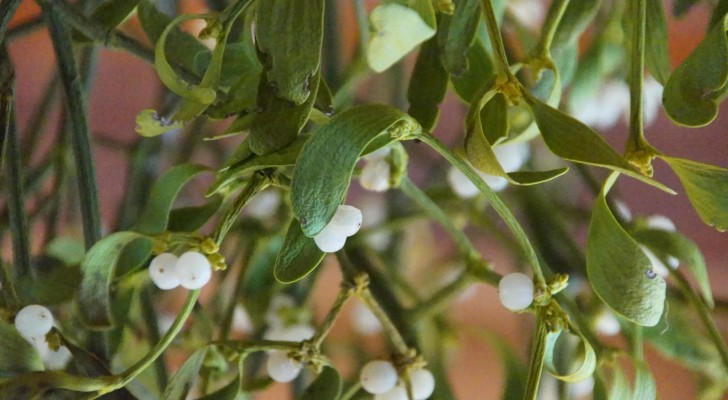10 common plants that appear harmless but are actually quite poisonous

Some plants are beautiful to look at, but can be dangerous to touch or otherwise handle. Looking harmless, these plants actually can hide some very powerful poisons - and which have helped to contribute to some of them being given common names that reflect this danger.
We have all been stung by nettles, for example, but perhaps not all of us are aware of the presence of much more harmful substances in other plant species (developed as a defense mainly against herbivores).
"The dose makes the poison (dosis sola facit venenum)" stated Paracelsus, a famous botanist from the Renaissance period. And the toxicity of certain plants has been known about for centuries.
Let's check out 10 common, harmless-looking plants that actually have powerful poisons.
1. Aconitum napellus
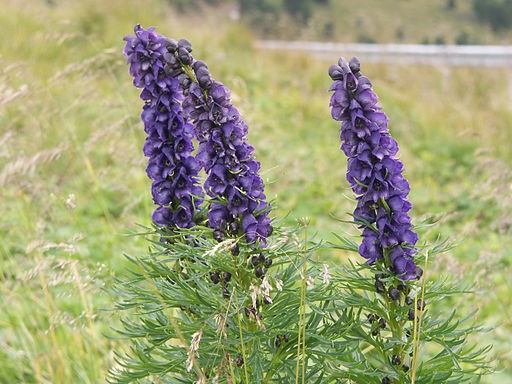
Known since ancient times as one of the most powerful poisons in nature and widely used for criminal purposes, aconite is a very common plant with a wonderful decorative appearance, characterized by its clusters of purple flowers. Its poisonous characteristic is due to the alkaloids it contains.
Aconitum can be confused with Cicutaria fetida, Molopospermum peloponnesiacum, a common herb which in Catalonia is a gastronomic delicacy, while in China it is used as a remedy in traditional medicine.
2. Atropa belladonna

Agnieszka Kwiecień, Nova/Wikimedia Commons
This plant owes its name to the Greek mythology: Atropos was the oldest of the Three Fates, and was known as "the Inflexible One." It was Atropos who chose the manner of death and ended the life of mortals by cutting their threads. And the adjunct "belladonna" comes from the custom of women in the past to use an extract of this plant as a beauty remedy to have bigger eyes and appear more attractive; the alkaloid in this plant (called atropine), is still used in ophthalmology to dilate pupils.
This plant is found in woodlands and flat and hilly plains and is known to be one of the three witches' herbs. Cases of poisoning are due mainly due to the ingestion of its fruits.
3. Datura stramonium
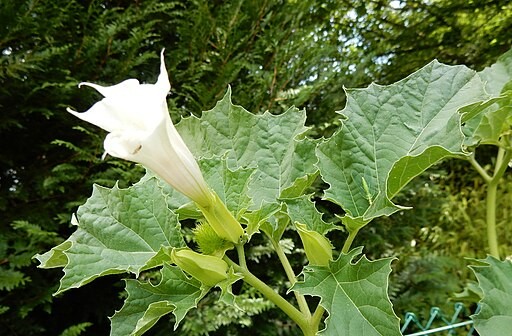
The second of the witches' herbs, Stramonium is also called Devil's Weed and its poison is due to the alkaloids present in the seeds, which, if ingested, could be very dangerous. Stramonium is a very commonly found plant, typically found along the edges of roads or near ruins.
4. Black henbane
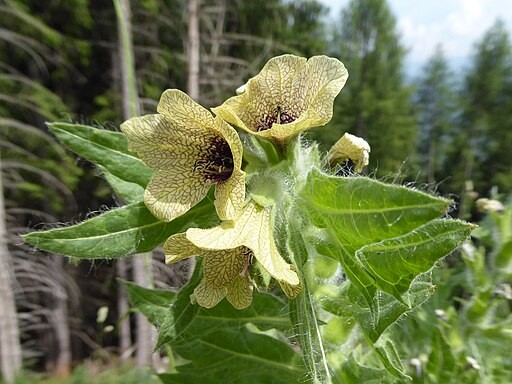
The third and final witches' herb, henbane is a commonly found plant, growing in flat areas and along roadsides. The poison is in the roots and can easily be confused with those of parsnips, and in the seeds, often confused with those of the poppy.
In Germany, large crops of henbane were grown alongside breweries, as it was used to enhance the quality of the beer; throughout Europe in the Middle Ages, henbane was believed to be a magical plant. In medicine, this plant is one of the oldest anesthetics and in pharmacies (until modern times), one could still buy henbane oil for medicinal purposes.
5. Greater hemlock
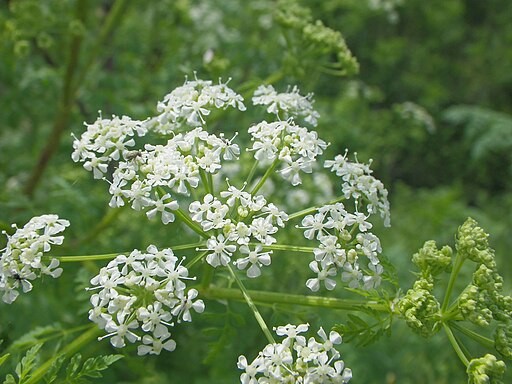
Sylvain Pyri/Wikimedia Commons
Famous for ending the life of Socrates, hemlock has a powerful poison which has been know about since ancient times. A wild herb that is very widespread in uncultivated areas, fields and near ruins, hemlock can easily be confused with parsley. Unlike parsley, however, its stem has red streaks and when rubbed, gives off a characteristic mousy smell, due to the presence of acetamide.
Hemlock's poison is composed of alkaloids, and poisoning cases usually happen when the meat of birds which have eaten hemlock seeds (like quails, for example) is consumed.
6. Taxus baccata

The yew tree is a poisonous tree that actually lends part its botanical name (Taxus) to the root of the word "toxic". The yew is a very common, very slow-growing evergreen shrub or tree, widely cultivated for ornamental purposes. Its flexible wood has been used for millennia for the production of bows, and one of the alkaloids in its poison has been used in recent times to treat breast cancer.
The whole plant is poisonous to humans and domestic animals, with the exception of the aril (the red, fleshy part that surrounds the seeds).
7. Colchicum autumnale
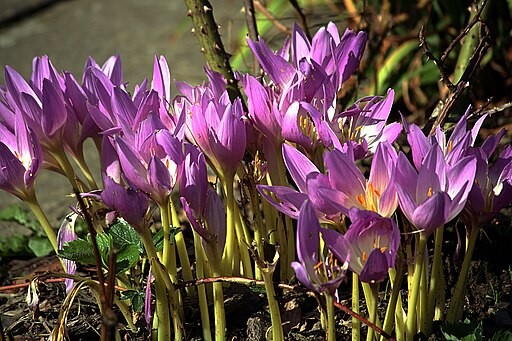
Hedwig Storch/Wikimedia Commons
A small herbaceous plant, known since ancient times for its beautiful autumn flowers, colchicum autumnale (autumn crocus) is a wild plant found in mountainous areas and is easily recognizable for its large pink-violet flowers. Its poison is an alkaloid present mainly in the bulbs and seeds and can be very dangerous if eaten.
8. Buxus sempervirens (boxwood)
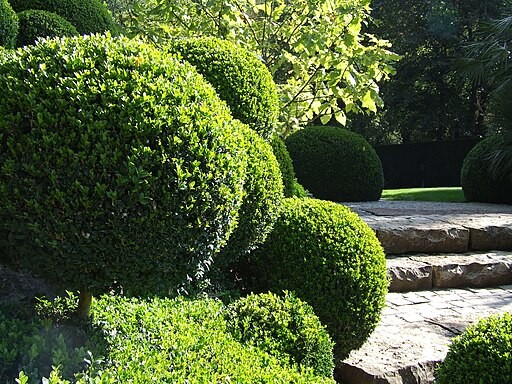
Burkhard Mücke/Wikimedia Commons
The common boxwood is a very adaptable evergreen shrub, characterized by very slow growth and great longevity. Its wood does not float on water due to its compactness and, in addition to being found growing in the wild in many areas, it is also widely used in the practicw of topiary due to its ability to withstand being cut.
The entire plant contains toxic alkaloids, but, in small doses, it was used by the famous Benedictine nun, Saint Hildegard of Bingen (1098 - 1179), to fight smallpox.
9. Oleander
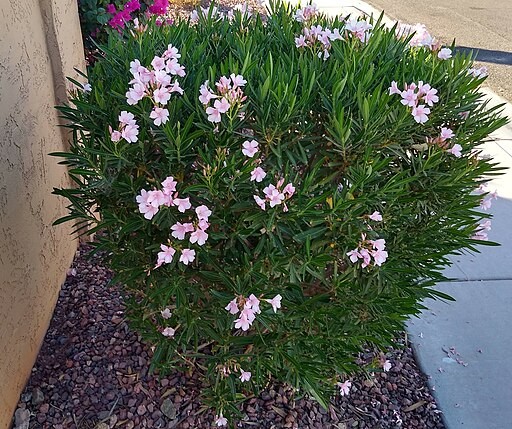
Prahlad balaji/Wikimedia Commons
A very popular plant due to its very high ornamental capacity, the oleander is an evergreen shrub with very colorful and fragrant flowers. The whole plant is very poisonous, and poisoing can happen from brief contact with the sap or the water in which oleander sprigs/branches have been immersed. Even the smoke from burning oleander is harmful and it is said to have poisoned a group of Napoleonic soldiers that used oleander wood to cook their meat.
The active ingredients of oleander are glycosides which, in the correct doses, acts like the cardiac medicine, Digitalis.
10. Laburnum
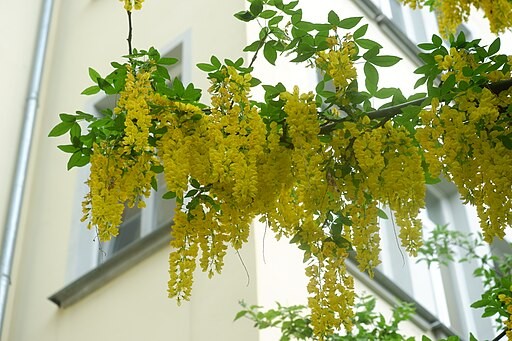
Katrin Schneider/Wikimedia Commons
Did you already know about these poisonous plants?
